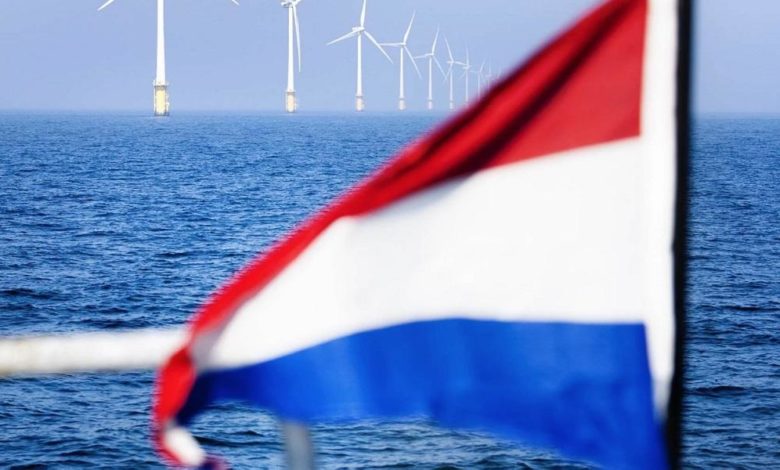Europe urged to catch up as only 2.1 GW of new offshore wind installed in first half

Europe installed 2.1 GW of new offshore wind in the first half of 2023, far below the level needed to reach the continent’s energy and climate targets, according to WindEurope.
Over half of this was in the Netherlands, followed by the UK, Germany and Norway, bringing Europe’s total offshore wind capacity to 32 GW. Final investment decisions were taken for a further 5 GW after delays last year.
“This is below the level needed to reach Europe’s energy and climate targets. Investments were delayed in 2022 over the regulatory uncertainty caused by abrupt government interventions into power markets. So Europe has catching up to do,” the lobby group said.
The EU should be building on average 11 GW a year of offshore wind between now and 2030.
“It’s always been clear that more would be built in the second half of the decade. But the current pace, 1.4 GW in H1 2023 in the EU, is still below par,” WindEurope noted.
To accommodate this massive ramp-up, the European offshore wind supply chain must expand. However, essential investments in industries, workforce, and infrastructure are not occurring at a sufficient rate.
“There are already bottlenecks in the production of foundations for offshore wind turbines and in the availability of installation vessels. New turbine and cable factories are needed too. Plus €9bn of investments in port infrastructure. And major investments in new grid connections.”
To justify such investments, WindEurope stressed that Europe’s regulations must be improved. Public support will be required as well. However, the EU’s Green Deal Industrial Plan and Net-Zero Industry Act, as they currently exist, fall short.
“The EU needs to put money on the table that will help scale up the supply chain – and not just fund innovation. National governments need to max out on the new flexibility they have in the EU state aid rules to support investments. And auction rules need to reward investments made in supply chain resilience and other areas of added value,” the Brussels-based group said.
Last year there wasn’t a single new investment in large-scale offshore wind in Europe. Final investment decisions were delayed as inflation added to project costs and investors were spooked by government interventions in electricity markets. Things have picked up this year with FIDs totalling €15bn of investment and 5 GW of new capacity, but some investments remain delayed and many investors remain hesitant.
